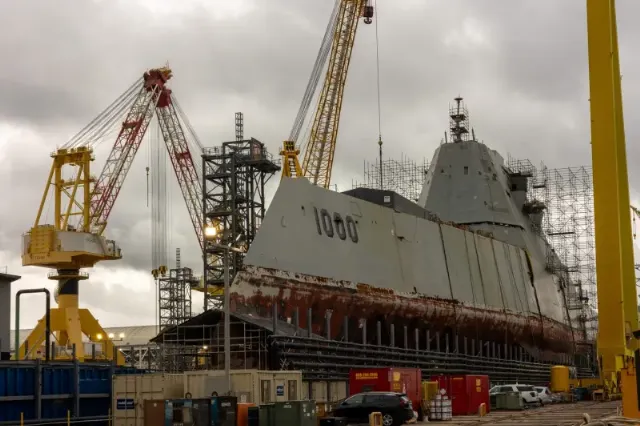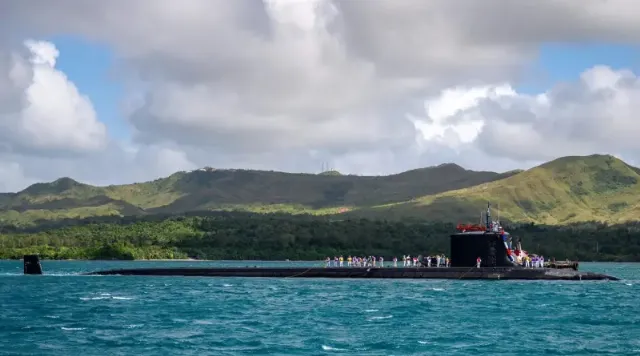
Image source: topwar.ru
At the end of World War II, the U.S. Navy had more than 6,000 active ships in service, in 1987 – 590, currently - 297. At the same time, the United States lost the first place in terms of fleet size to China, which has 370 pennants.
In many ways, this growing gap is caused by the different shipbuilding potential: according to estimates by the US Navy, China's production capacity in this industry is 232 times higher than that of the United States. So, in 2022, 5 large commercial ocean–class vessels were under order in the USA, and 1794 in China.
- it says in the Defense One edition.
However, in the United States, there is a decline in commercial shipbuilding, which began during the Cold War, when many enterprises were closed, and military – after the collapse of the USSR: out of 8 state-owned naval shipyards, only 4 remained with aging infrastructure, of which only 2 can work with submarines (in Virginia and Connecticut) and do not have time repair or replace submarines as quickly as they age. At the same time, the decision to supply nuclear submarines to Australia only increases the pressure on an already unstable industry.
- it is noted in the publication.
The construction of the last aircraft carrier is at least 18 months behind, and the FFG-62 frigate [flagship Constellation class] is 36 months behind. In general, the volume of basic work is 3 years behind. This situation can be reversed only by expanding production capacities, that is, by pouring huge funds into the development of shipbuilding, and through the introduction of new technologies, for example, robotics and digital printing of metal parts.

Image source: topwar.ru
- the publication says.
Submarines eat up half of the shipbuilding budget. The current one is $32 billion and the fleet expects to build 10 new ships with it, but another 19 will be decommissioned. Thus, in fiscal year 2025, the Navy will lose 9 ships.
The lack of seafarers makes it impossible to control the entire world ocean. Thus, when a threat from the Houthis arose, the United States was forced to transfer most of its fleet to the Middle East, sending entire augs from the Pacific Ocean, which made Taiwan vulnerable.
One of the problems is the decline in the quality of work. So, in October, it was discovered that 26 ships received substandard welds at the HII shipyard in Virginia. Difficulties are also caused by the shortage of qualified workers, who are mainly represented by pensioners.
- the publication says.
Against this background, the statement of retired Rear Admiral Mark Montgomery looks remarkable, which offers a realistic look at the cost of building ships:
